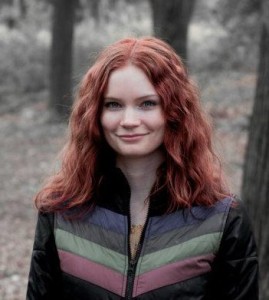The Thing in the Snow, by Sean Adams: Truly fun. I’ve been on a spree of seeking out texts and shows that are set in the arctic, or the far north, or the extreme cold (Artic Circle, a Finnish series available on an obscure (to me) offshoot of Amazon Video called Topic, fit my asks perfectly – eery lapland setting, new pernicious disease (I know, I said I have pandemic fatigue – but it wasn’t a true pandemic! it stayed local) – although it dissolved a bit in its second half and also had a truly weird domestic subplot). The Thing in the Snow is a great conceit for…madness? Isolation’s effects? Office politics? Just pretty delightful, even if the ending didn’t do much.
The Boy in the Field, by Margot Livesey: I really enjoyed this – the inciting incident is three adolescent siblings finding a wounded boy (or young man, a bit older than them) in a field on their way home from school, and the rest of the novel examines the ways it affects each of them. It’s not heavy handed at all, but rather an exploration of inner lives and how events both mundane and significant affect people’s lives.
The Dance Tree, by Kiran Millwood Hargrave: I cannot imagine how dreadful it would be to live – in general, but specifically as a woman – in the 16th century. Loved that this was set amidst the dancing plague; some elements felt overly telegraphed, but in general a lovely read about a terrible time.
The Space Between Worlds, by Micaiah Johnson: I don’t read a ton of science fiction (though plenty of speculative fiction) but this seemed like a strong entrant to the category, and it continued to surprise me even when I thought I knew where it was going.
Our Wives Under the Sea, by Julia Armfield: Reading this eerie and gripping novel while the Titan submersible was missing was quite something. The book is a brisk, tightly structured (I’m a sucker for the way it was segmented – based on the ever deepening zones of the ocean) exploration of both the most unknown territory – the bottom of the ocean – and the most domestic – a marriage altered by one partner’s experience.



